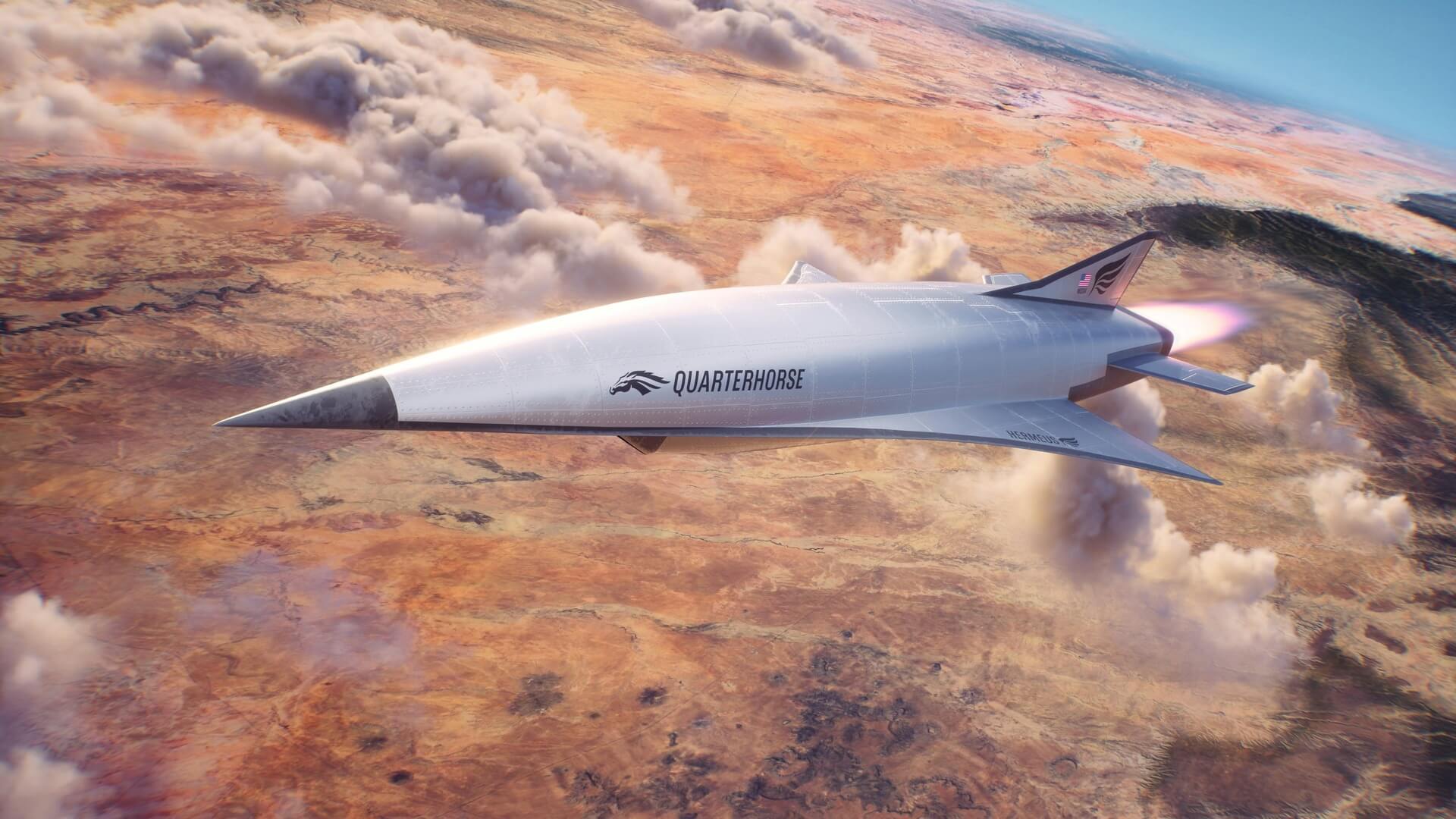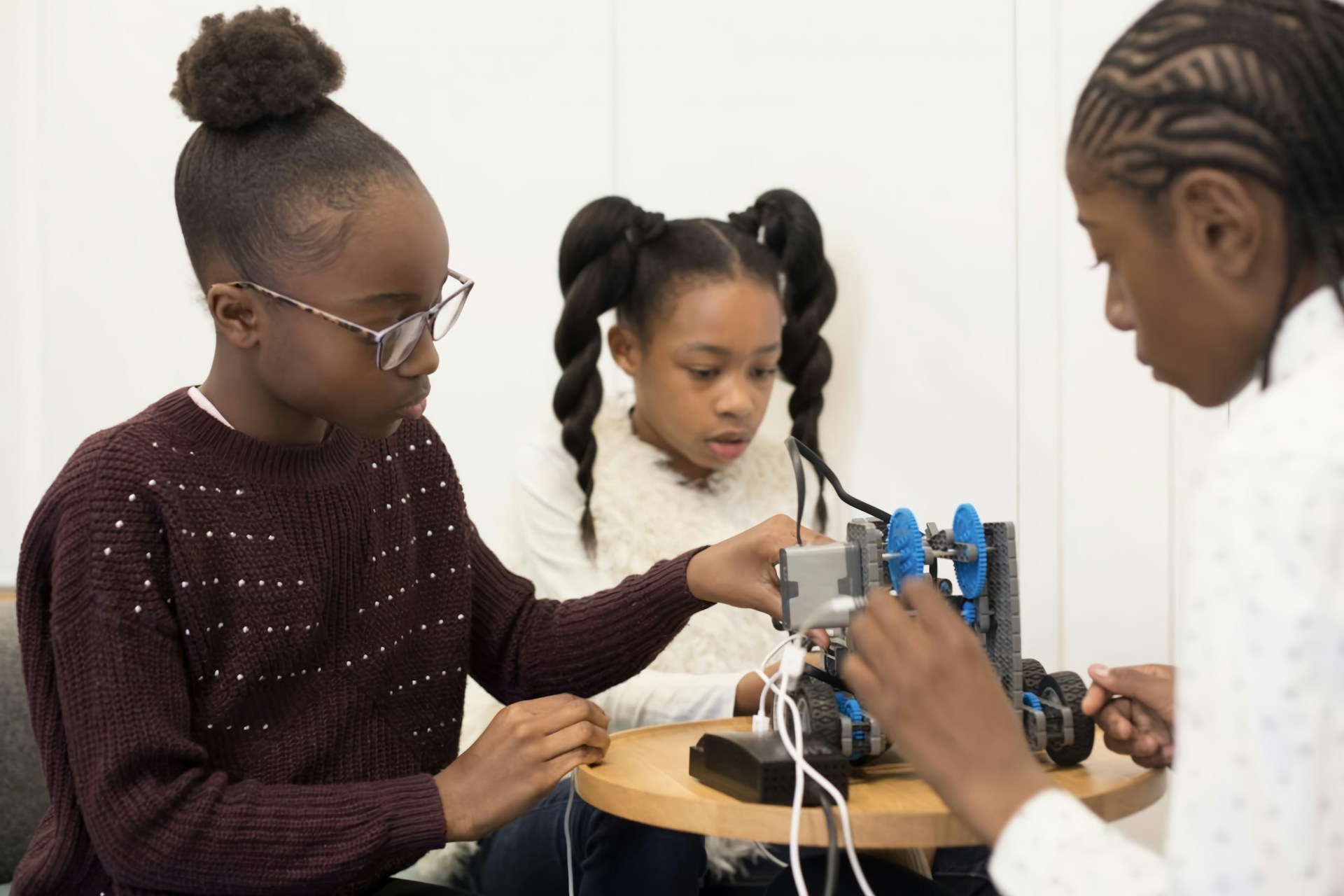
What are the Reasons Mechanical Engineering Benefits from AI?
May 25, 2021 - Ellie Gabel
Revolutionized is reader-supported. When you buy through links on our site, we may earn an affiliate commission. Learn more here.
Mechanical engineers are the professionals behind some of the world’s top products, as well as famous structures and innovative research that changes society for the better. Artificial intelligence (AI) is an increasingly prominent technology in the mechanical engineering sector. Here are some eye-opening ways it can help professionals in the field.
Assisting With Structural Examinations and Materials Selections
Engineers play major roles in testing structures for safety and suitability. They also choose materials for projects based on their mechanical properties. AI can assist with both of those tasks, making them more efficient while reducing trial and error.
Predicting the Yield Strength of Material Samples
Mechanical engineering often requires nano-indentation to determine a material’s properties. It involves poking a material with a tiny, needle-like tip to monitor how it responds to that deformation.
Although it’s an important part of designing new products during the early stages of manufacturing, nano-indentation does not reliably show some of the vital mechanical properties that aid in material selections.
Engineering researchers from multiple universities recently collaborated to create a new technique that combines nano-indentation with machine learning. They used the standard approach but fed the experimental data into a machine learning algorithm. That change led to achieving 20 times more accuracy when predicting the yield strength of sample materials.
Researchers believe this method will reduce costly and time-intensive options while designing crucial components, such as those used in airplanes. Another exciting thing about this achievement is that the team successfully tested it on both conventionally manufactured and 3D-printed materials. That means this new method could keep pace with how production evolves in the future.
Analyzing Structural Integrity With an Image
Mechanical engineers must know how structures respond to stress and strain. Professionals in the field use complex calculations concerning the laws of physics. Those include Newton’s Third Law of Motion and Hooke’s Law, which relate to force, and stress and strain, respectively. However, that approach takes a while, even for people well-accustomed to doing it.
Researchers at MIT came up with a much faster, high-tech alternative to traditional methods. It uses AI to examine the insides of a physical structure. This development depends on machine learning and computer vision, but the researchers say it works without a user needing domain knowledge of physics.
The team trained a neural network with thousands of image pairs. Some of the pictures showed which parts of a structure were most likely to experience stress through ongoing usage. Others included color-coded content reflecting a relevant material’s strain values.
Results showed that this method worked particularly well for composite materials, which generally pose the most challenges for people performing manual calculations. Moreover, this technique could detect tiny, progressive changes in a material, such as when it starts to crack.
Mechanical engineers won’t do away with their physical law calculations anytime soon. However, this image-based method could offer them an additional resource someday.
Enhancing Education for Mechanical Engineering Students
Mechanical engineering is a broad discipline. Professionals who practice it influence everything from small machines to huge dams. AI spurred education for aspiring engineers to greater heights.
AI Improves Remote Learning Outcomes
Many colleges transitioned to remote learning during the COVID-19 pandemic, which affected students. However, mechanical engineering professors and students at Rowan University think AI could help ease some of the challenges that come with remote learning.
They built a system that analyzes students’ behaviors during class and can tell if they might need help but not want to ask for it. The platform depends on numerous AI-driven technologies, such as computer vision, natural language processing and machine learning.
Besides showing instructors which students might need extra help, the tool also spotlights instances where learners may have notable talents that remote education may not immediately make evident.
AI Prepares Mechanical Engineering Students for Future Careers
Another recent example of AI’s impact on mechanical engineering concerns the University of South Carolina’s Future Factories Laboratory. Mechanical engineering professor Dr. Ramy Harik created it after realizing the current approach to education lacked real-world applications and focused too much on theory.
In the facility, students pursuing master’s degrees interact with AI and augmented reality, robotics, and other technologies that high-tech factories often have. This approach helps learners secure jobs, too. Harik says about 85% of students using the lab have employment offers before graduation.
One of the lab’s projects involved using multiple smart inspection systems to automatically check rocket parts. AI flags possible anomalies and suggests potential solutions. Besides implementing robotic arms in the inspection process, drones equipped with computer-vision cameras play a prominent role.
Such setups recreate the factories that mechanical engineers will likely work in as manufacturing becomes more advanced, and these professionals use their expertise to develop or improve products. Thus, this highly applicable education prepares them to excel in future careers.
Improving Product Design and Functionality
Whenever someone feels grateful for a product’s smart design or functionality, they should remember that mechanical engineers almost certainly helped bring about those positive outcomes. Since mechanical engineers assist with design and functionality decisions at all stages of product development, their input increases the chances a product works as intended and keeps customers happy.
AI doesn’t replace earlier methods of designing and testing. However, it could lead to more innovations that help customers and grow companies’ profits. Plus, if AI allows engineers to prototype faster, new items could arrive on the market more quickly, helping brands stay competitive.
Creating Better Ventilators That Could Save More Lives
Ventilators came into the spotlight recently during the COVID-19 crisis. However, most people outside of the medical profession probably didn’t realize that using them is not as simple as hooking a patient up and turning on the machine. Health care providers have to calibrate the ventilators and adjust them to meet the needs of each patient.
Princeton University engineers came up with a new ventilator model that combines mechanical engineering and AI. The researchers had been investigating ways to make them with readily available parts, trying to address the component shortage caused by the pandemic. From there, they came up with the idea of designing an AI-based control system that could remove some of the burdens from health care staff.
The typical process of understanding the physics of breathing and the underlying fluid dynamics is complex and often inaccurate. So, the engineers considered how AI algorithms could provide better personalization for patients. Machine learning looks for data patterns, then makes the necessary adjustments.
The team’s ventilator design also meets U.S. Food and Drug Administration (FDA) standards while costing a fraction of the amount other models do. Besides using easy-to-source products to build it, the team wanted a design that users could assemble quickly. Their results could help people during the COVID-19 pandemic, as well as more broadly in the medical sector.
Making Energy-Saving Heat Pumps
People working in the mechanical engineering field perpetually look for ways to improve existing products rather than only making items from scratch. One recent example involves heat pumps. Engineers learned that using microturbocompressors instead of conventional systems can save up to 25% on energy costs.
However, implementing a microturbocompressor onto a heat pump is not a straightforward process. These components have small diameters and ultrafast speeds of more than 200,000 rotations per minute.
Engineers previously used design charts to determine the best size and rotation speed for a given heat pump. However, those diagrams had numerous shortcomings, especially by failing to accommodate smaller heat pump sizes and emerging technologies.
A group of engineers recently devised a better approach that uses the machine learning process, symbolic regression. The researchers fed 500,000 simulations into algorithms and found that they could figure out the ideal microturbocompressor size an astounding 1,500 times faster than the chart-based method allowed.
Mechanical Engineering and AI: A Smart Combination
Mechanical engineers know the importance of staying abreast of new technological developments to keep progressing in their field. These examples show that artificial intelligence can make major differences in how mechanical engineers perform foundational tasks.
Although they’ll still do things like make structural calculations and assess how to improve designs, AI will become something they rely on to improve efficiency, creating better outcomes for everyone involved. Artificial intelligence is not the best solution in every case. Still, the growing applications of the technology in mechanical engineering and elsewhere show what’s possible and pave the way for a brighter future.
Revolutionized is reader-supported. When you buy through links on our site, we may earn an affiliate commission. Learn more here.
Author
Ellie Gabel
Ellie Gabel is a science writer specializing in astronomy and environmental science and is the Associate Editor of Revolutionized. Ellie's love of science stems from reading Richard Dawkins books and her favorite science magazines as a child, where she fell in love with the experiments included in each edition.





Informative blog
Thanks for this information
Thank you for talking about how engineers play big roles in testing structures. I am starting a new business this year. I will find a reputable mechanical engineering service to help with this as well.
Hello,
This article is interesting, combining AI with mechanical but it is difficult to find relevant course on this. Could you please suggest a course?
Is it that much easy getting a job we are here for training and we can be placed easily